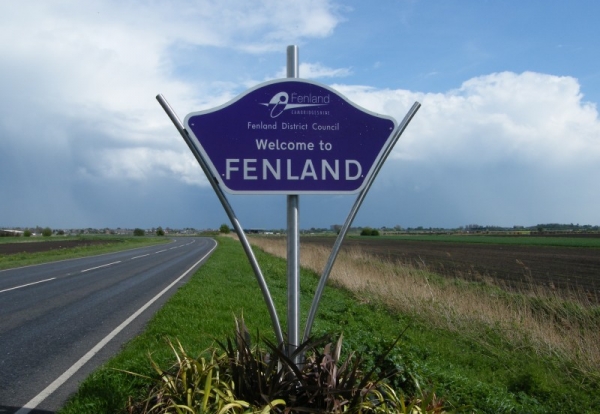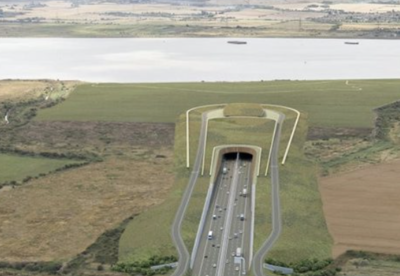Fenland council leader Alan Melton said the “the bunny huggers won’t like” while launching his proposals this week.
The move has sparked a storm of protest among archaeologists.
But Melton is convinced the abuse is worth it to speed-up construction work in the Fens.
He told the Norwich Evening News: “When you have 10 or up to 20 people suddenly descend on a site and start digging all over it has serious implications for the building methodology which follows.
“My argument is that there is a better way of doing it. When you are digging out footings on a building site, there is ample opportunity to inspect the site at that time rather than going in for a double dig.”
Melton said he had received abusive emails from people opposed to his plans.
He said: “There is no excuse from the plethora of e-mails and insults that I’ve had thrown at me from archaeological profession.
“This is not constructive because I just want to get a debate going about the necessity of this operation and the costs involved and the fact it delays so many significant construction projects.”
Developers in the Fens have complained for years over the soaring costs of archaeological surveys.
Melton said: “People have this idea that I’m dead against heritage but I am not. I am just looking at how cost effective it is because these surveys can drag on and on and we, the council taxpayers, have to pay for all of this.
“In this country we have a severe shortage of homes and we need to get on with building homes.
“There are plenty of builders out there on the dole when they could be in work and that’s why I’m saying we need to look at this.
“All I wanted to do was get a proper debate going and it I have achieved that with my comments then I think that’s a good thing.”
The Institute for Archaeologists said: “Current planning policy works well to ensure that the most important sites are managed in a way that protects them while still allowing new development to take place.
“The public benefit includes new understanding and appreciation of the past, particularly for the local communities whose heritage it represents.”




































.gif)















 MPU 300_250px.gif)

